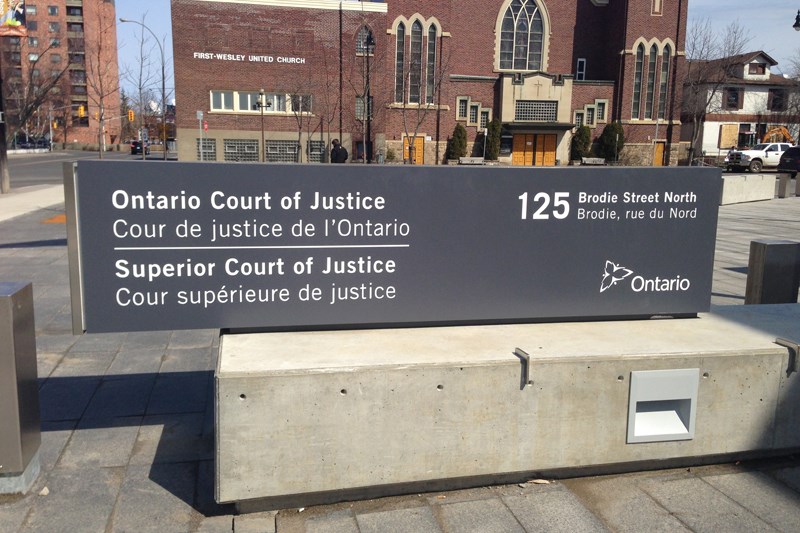THUNDER BAY - A forensics expert confirmed DNA from Patrick O’Keese was found under the finger nails of Brayden Moonias following his death in 2017, but O’Keese’s defense argues there is no way to know for certain how or when his DNA was transferred to Moonias.
The second-degree murder trial against O’Keese for his alleged role in the 2017 death of 18-year-old Moonias continued in a Thunder Bay Courtroom on Monday where the Crown called Tara Brutzki, a forensic scientist in biology at the Centre for Forensic Sciences, to testify.
Earlier testimony by investigators involved in the case revealed that DNA belonging to O’Keese had been found under Moonias’ finger nails.
Throughout her testimony, Brutzki provided more on the DNA evidence detailed in several forensics reports she completed on items seized at the beach scene near the Marina Park overpass where Moonias’ body was found on Aug. 6, 2017, as well as his finger nail clippings.
According to Brutzki, testing found blood under Moonias’ finger nails on his right hand and DNA analysis indicated two profiles, one belonging to Moonias himself and one profile from another male.
Brutzki said O’Keese could not be excluded as the source of the other DNA profile found under the finger nails, with a random match probability of one in 31 trillion.
The initial DNA profile of O’Keese was obtained from a discarded coffee cup collected by police and a further DNA sample was secured through a warrant in October following his arrest in September, which Brutzki said revealed the same results.
During cross-examination, defense counsel Kevin Matthews questioned Brutzki about the source of the DNA, raising the concept of innocent transfer.
Matthews asked about the blood being detected under Moonias’ finger nail through a chemical test that detects the presence hemoglobin and whether or not the source of the blood could have come from something else, such as an animal.
Brutzki said it is possible and Matthews then went on to question if it is possible that O’Keese’s DNA may have come into contact with Moonias through other means, such skin cells or bodily fluids like saliva.
Brutzki said other sources cannot be excluded as the source of the DNA.
“Just touching the skin itself, I wouldn’t expect this much transfer unless there is bodily fluid on the skin or if there was a scratch,” she said.
But Brutzki also agreed that the context is important and Matthews asked that not knowing what O’Keese and Moonias did with one another, would it be impossible to say how the DNA became present under Moonias’ finger nail.
“I would be unable to speculate how it came to be there,” Brutzki said.
Another witness also testified earlier on Monday to seeing Moonias near a restaurant on the corner of River Street and Cumberland Street the evening before his body was found on Aug. 6 between 7 and 8 p.m.
The witness testified to seeing him meet another individual before walking off, though the witness did not know the identity of the second person.
Evidence presented earlier in the trial placed O’Keese at the Beer Store on Cumberland Street that same evening at approximately 7:30 p.m. the evening of Aug. 5.
The trial continues Tuesday with the pathologist involved in the case expected to testify.
